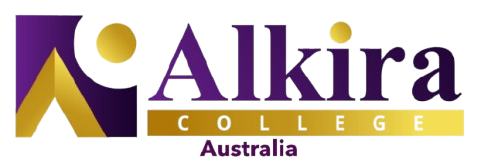
05. Implementing & Communicating Risk Controls
Evaluate what matters — measure, prioritise, and manage psychosocial risks before they escalate.
Why This Matters
Identifying psychosocial hazards is only the beginning.
The real impact — both legally and culturally — lies in what you do next.
According to recent WHS data, over 80% of mental health-related claims stem from unmanaged or poorly assessed risks.
Too often, leaders notice the problem but fail to measure its severity, duration, or impact — which can leave organisations exposed to non-compliance, burnout, or even legal liability.
This module teaches teams how to assess and prioritise psychosocial risks using practical frameworks, active consultation, and evidence-based tools — turning awareness into action.
What This Module Covers
Consulting the Right People for Risk Assessment
✔ Includes training on active listening and questioning techniques for better insight and accuracy.
Example: Before evaluating the severity of emotional exhaustion in a high-pressure team, participants learn to conduct respectful consultations that uncover the real drivers of risk.
Assessing Frequency, Duration & Severity
How often a hazard occurs
How long employees are exposed
The psychological and performance impact
This allows teams to prioritise action based on genuine exposure, not assumptions.
Applying Tools, Techniques & Risk Matrices
✔ Participants will practise using risk matrices, scales, and scoring systems tailored to psychosocial hazards.
✔ Guidance on choosing the right method for different work environments and risk types.
Documenting Risk Assessment Findings
✔ Includes templates and documentation formats that can be embedded directly into your WHSMS.
Key Learning Outcomes
- Identify the right stakeholders for risk assessment collaboration
- Conduct effective consultations using structured dialogue techniques
- Measure hazard exposure using WHS-approved models
- Prioritise psychosocial risks based on real-world data
- Record and report assessments in alignment with organisational protocols
Frequently Asked Questions (FAQs)
Q1. What’s the difference between hazard identification and risk assessment?
Identification spots the problem. Risk assessment determines how serious it is, how often it happens, and how urgently it needs action.
Q2. Do we get tools and templates?
Yes — we provide psychosocial-specific risk matrices, exposure rating tools, and WHS-compliant documentation templates.
Q3. Who should lead the risk assessment process?
HR managers, WHS professionals, team leaders, or designated risk officers. This module helps identify and involve the right people.
Q4. Can this apply to remote teams or hybrid workplaces?
Absolutely. The consultation techniques and exposure tools can be adapted for physical, remote, or blended workforces.

